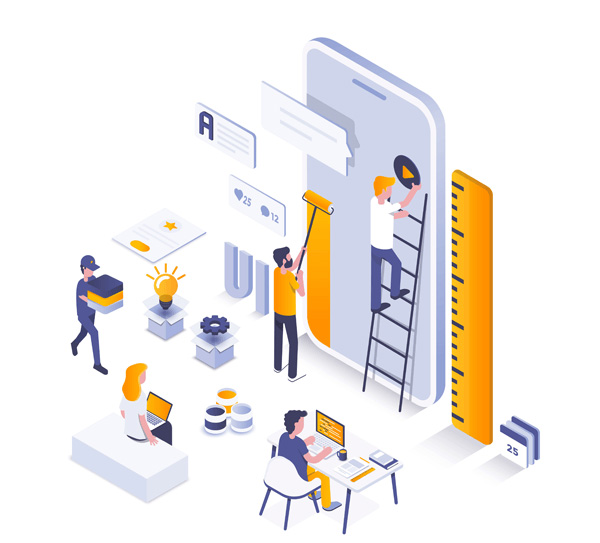For a bank, successful digital transformation hinges on the ability to unlock the enormous business potential of customer experiences. In today’s age of Open Banking, Digital channels, agile transformation, and cloud adoption; engineering superior customer experiences for banking leaders is the right step towards successful transformation.
What does this ‘experience engineering’ depend on?
Experience Engineering brings together the art of reimagining digital transformation by applying the rigorous science of architecting unique customer journeys. Crafting superior digital experiences mandates proven domain expertise as well as the ability to engineer with open source and hardened technologies.
Further, it is important to understand the two levers that make experience engineering deliver in varied scenarios – conscious contextualization and comprehensive competencies. While both of them merit their individual expositional pieces, suffice is to say, that conscious contextualization is the ability to drive ‘domain led digital’ initiatives (canned product and customer journeys, Simplicity in design principles etc.) and comprehensive competencies engages with the whole notion of ‘re-imagining digital delivery’ (pre-built accelerators, ready to deploy DDR models etc.
This article purposes to draw attention on rapid prototyping and its various aspects. It finishes by detailing how it leads to accelerated creation of better banking products.
On the face of it, rapid prototyping, is a long-endured design principle. Spoken in straightforward terms, rapid prototyping validates, tests, and builds a better product by using customer insight and feedback.
While off the shelf products have a role to play, it is the custom software that financial organizations, leverage today to differentiate in a saturated market through higher efficiency, better user experience, and deeper data driven insights.
All said and done, designing digital products are hardly simple. Often there are limiting circumstances that most corporations encounter in some degree or the other.
- There are matters of strategic alignment with C-Suite that can be long drawn in the absence of demonstrated interests from internal or external customers.
- IT departments often battle attention issues, as their focus fluctuates between supporting critical business operation and harnessing market trends.
- And, successful product delivery demands participations from diverse skill sets – user experience design, web and mobile engineering expertise, quality assurance, dev. Ops market, user testing and the like.
In the described scenarios, rapid prototyping then becomes an essential step in creation of innovative products and services.
Irrespective of complexity and depth of challenges being solved, Rapid Proto typing is first and foremost, governed by speed.
The faster resources and requirements are sourced sooner, can the industry differentiating services be developed. Second criteria that ensures higher proto typing success rate is the degree of collaboration between key stakeholders. The last governing principle for prototyping is the iterative in-built feedback cycles that validates assumptions. This ensures product evolution continues before a significant commitment of time and money is made.
Finally, to round of this article, is a broad detailing of the involved steps in a proto typing exercise.
- Lean requirements workshop – The core team workshops and engages stakeholders, customers, designers and engineers in a collaborative environment where technical and user requirements are captured through story mapping, persona analysis, affinity mapping, prioritization and release planning.
- Ideation – The story map is converted into a detailed backlog, and the teams ideate by creating low fidelity wireframes (sketches that capture workflows and rudimentary user experience). Stakeholder consensus is sought.
- Engineering Expertise – In parallel, engineering teams deep dive for integration spikes that validate available APIs, establish data structures necessary to support core features, and other areas of technical risks.
- Interactive Prototype – By combining Interface Design with the wireframes, the team rapidly builds an interactive prototype that leverages work completed in all previous steps. Back-end engineers feed data into the front-end application. Prototype is presented to stakeholders for the second review.
- Fidelity checks – Once satisfactory quality and features quantity is prototyped, the platform can be exposed to a select audience of customers that are presented with various tests.
Be it an interactive mock-up or a fully functional data-driven application, Rapid prototyping brings a similar host of considerations – Definition of an MVP (minimum viable product) including its estimate, and a detailed release plan with a build strategy.


